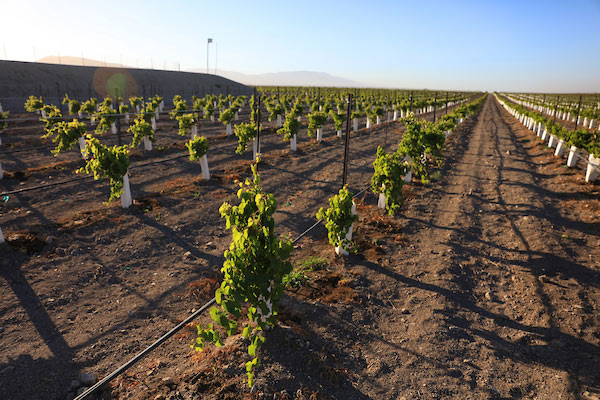SUSTAINABLE VITICULTURE
SUSTAINABLE VITICULTURE

As a founding member of the Central Coast Vineyard Team, Steve McIntyre was one of the originators of SIP Certification program. Sustainable winegrowing is a “Big Picture” philosophy that considers the cumulative impact of every decision related to the three pillars of sustainability: Fiscal, Social and Environmental. To become SIP Certified, winegrowers must meet high standards in the following areas: habitat and ecology conservation, energy efficiency, pest management, water conservation, economic stability and human resources. To date, over 1,000 SIP Certification evaluations have been collected and the guiding principles of the program are permanently altering the way winegrowers think about farming.
“Sustainable Regenerative farming is a self-correcting discipline that utilizes a self-assessment scoring system to evaluate one’s progress. It combines best management practices from other farming systems, like organic and biodynamic, to positively impact an organization’s triple bottom line: fiscal, environment and society. Sustainability is not about standards, it’s about metrics.”
– Steve McIntyre
